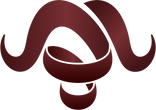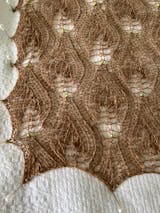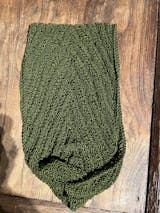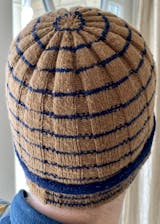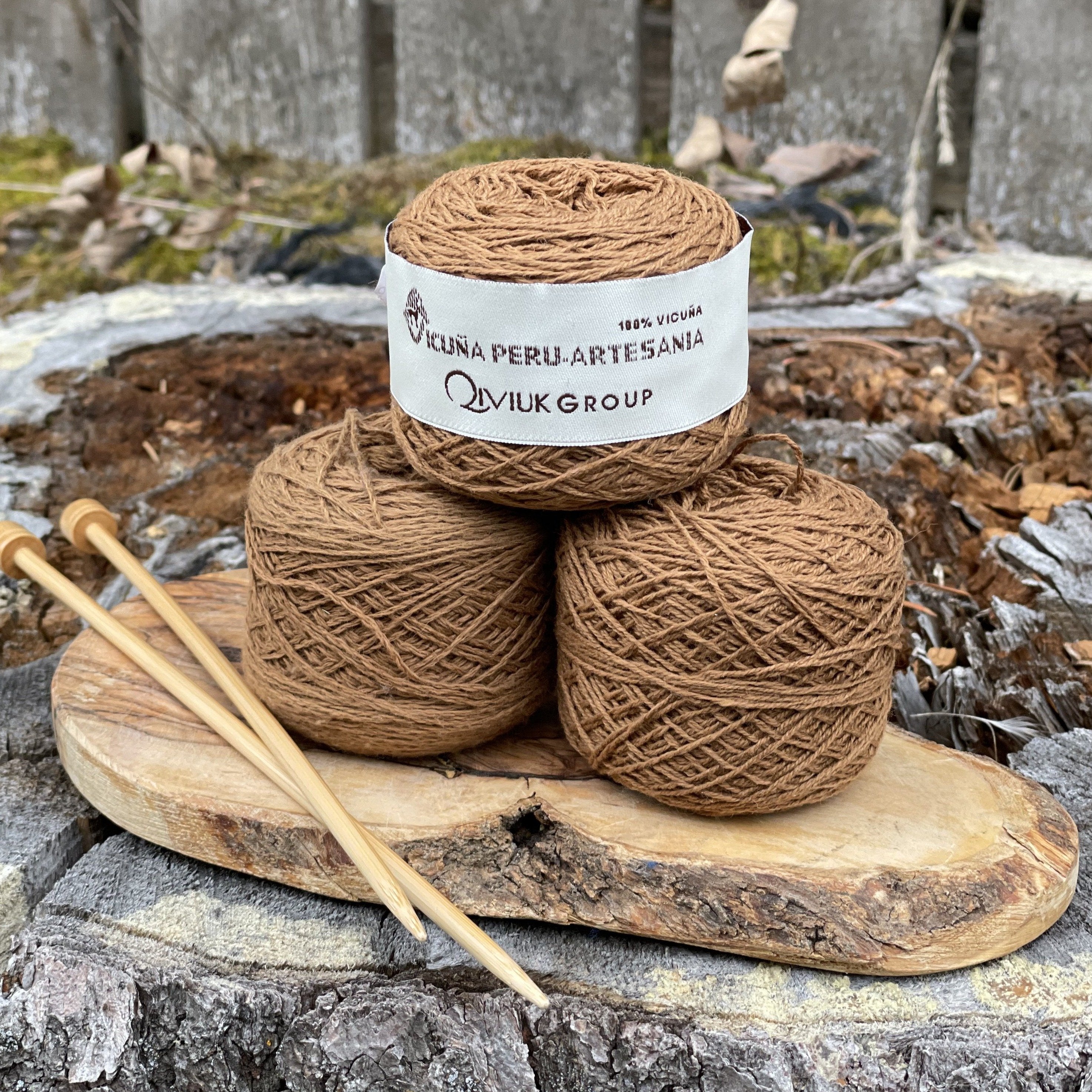
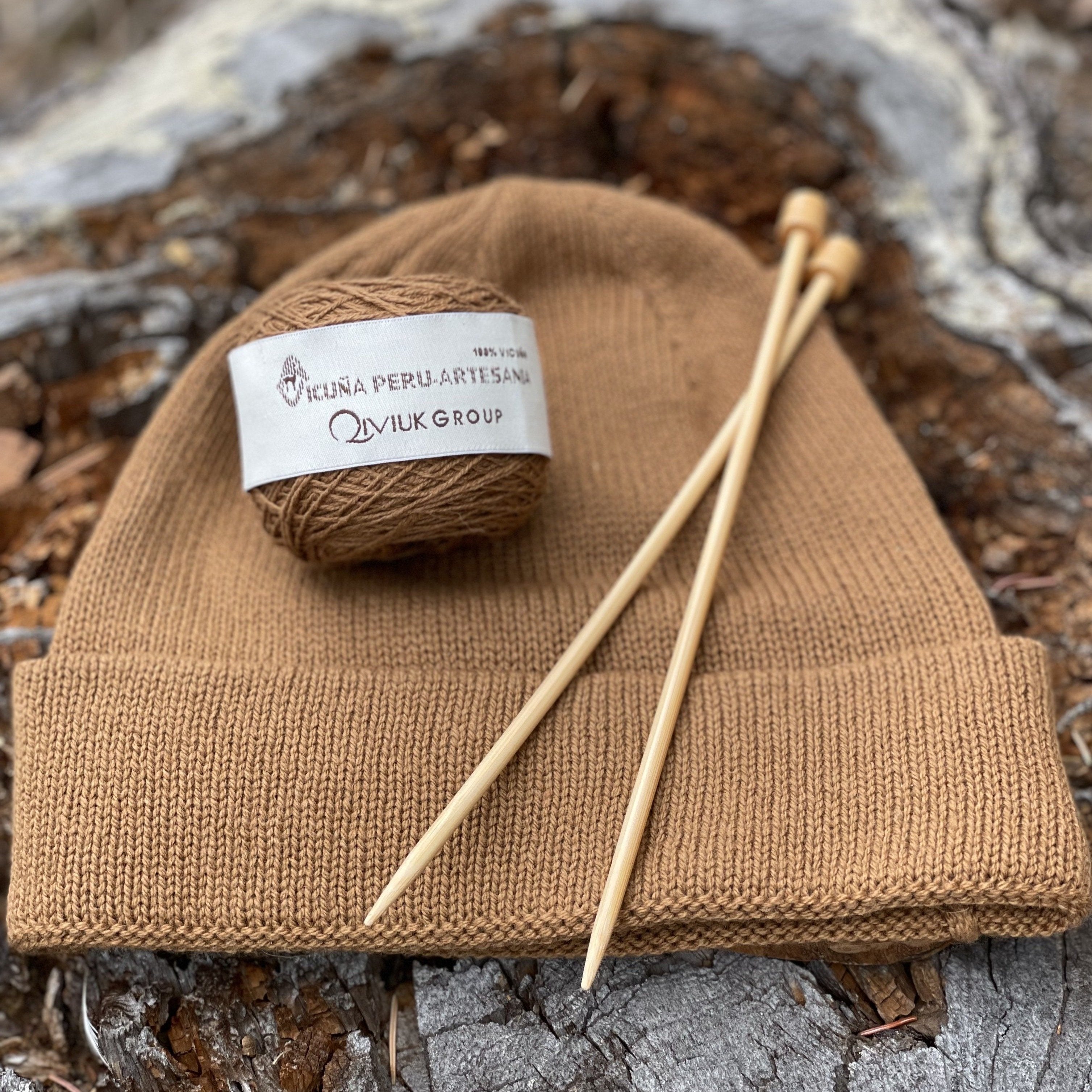
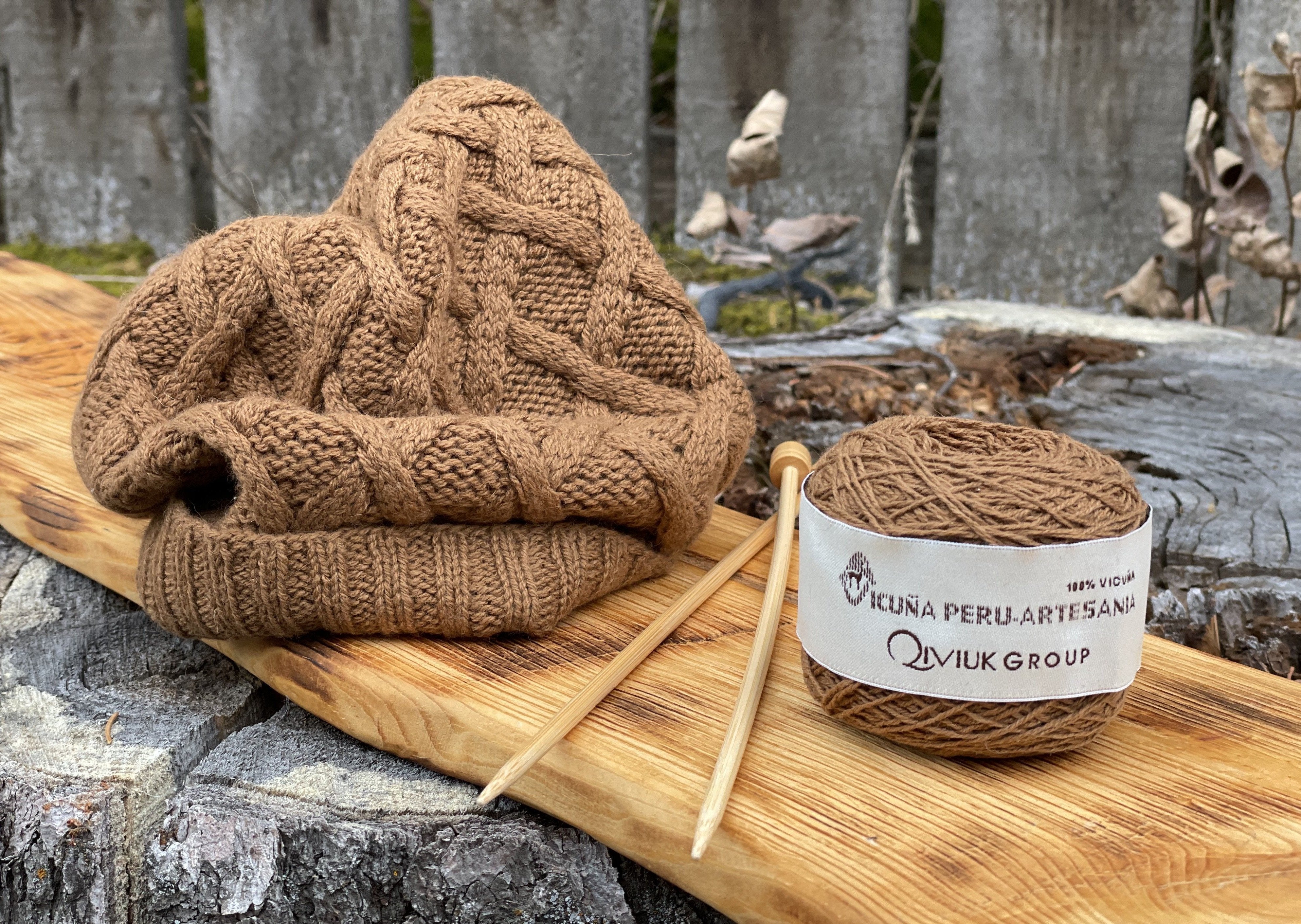
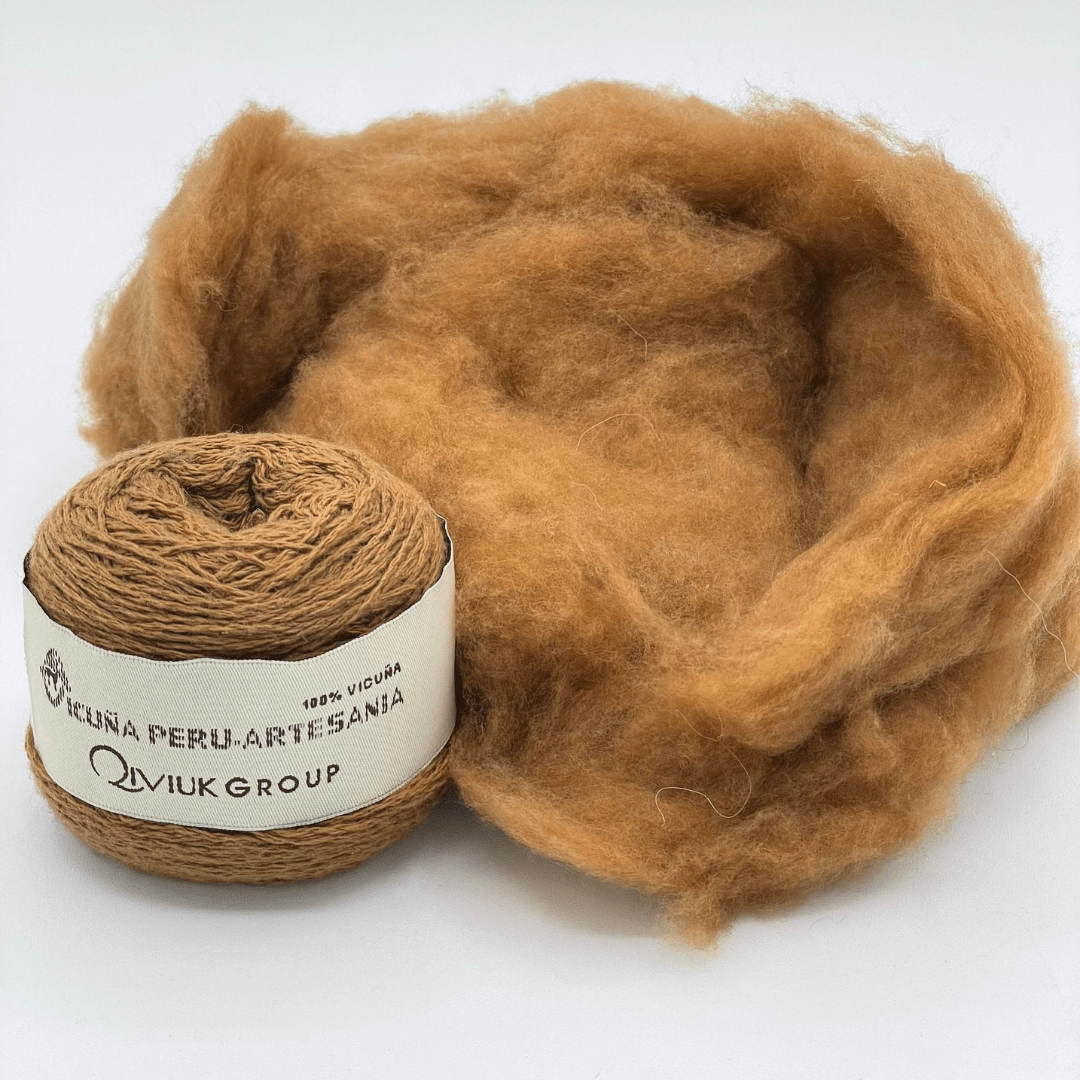
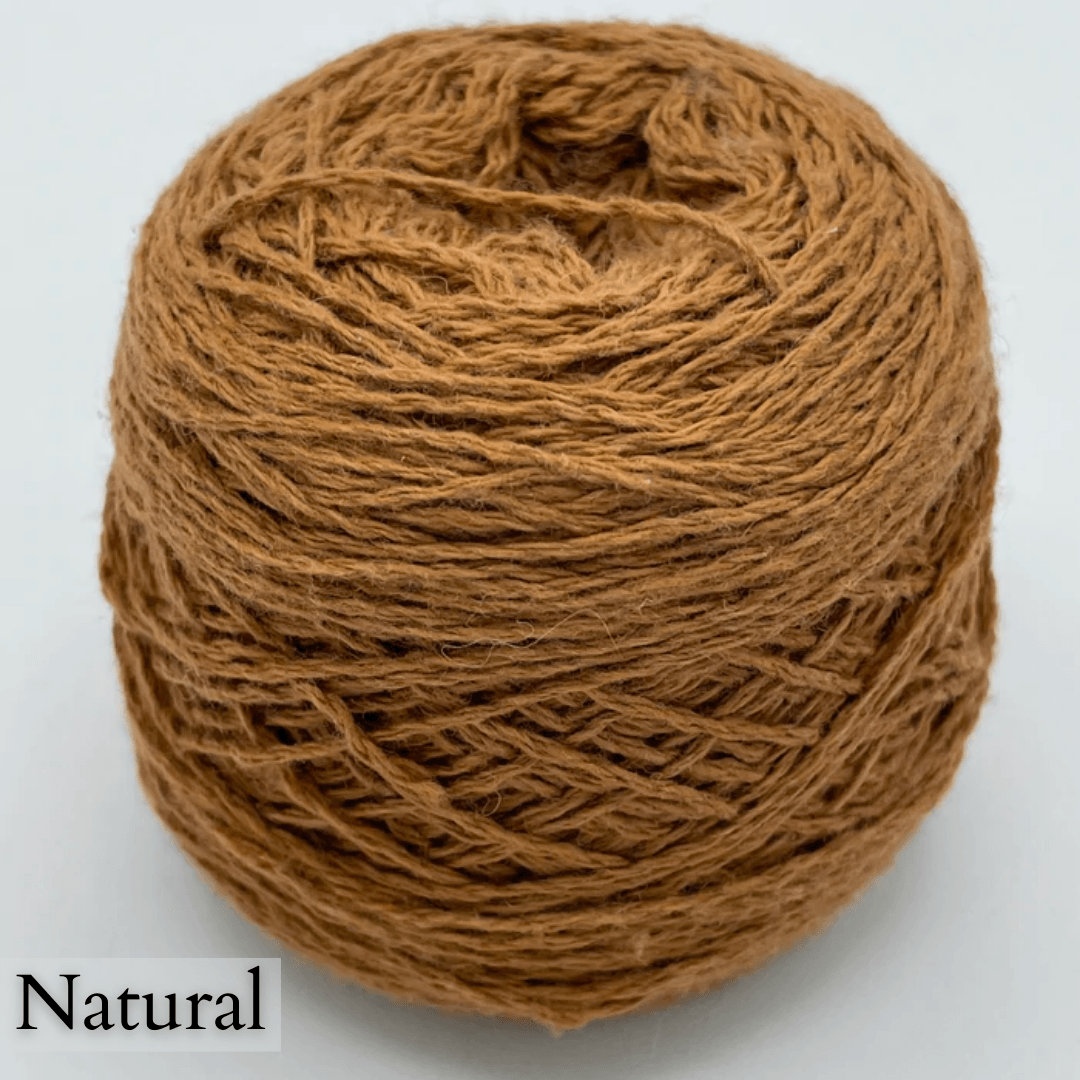










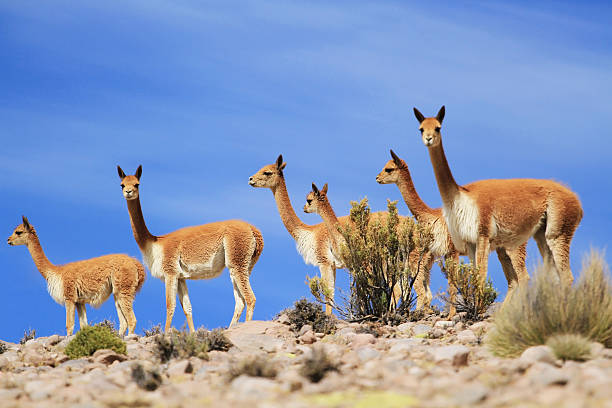
Vicuña is as good as gold
The finest fiber in the world
Native only to the Andes mountains, vicuñas are known as the "bearers of the golden fleece" for a good reason.
According to Inca legend, the Incas valued vicuñas for their wool and believed the animal was the reincarnation of a beautiful young maiden who received a coat of pure gold.
A symbol of nobility that allowed only royalty to wear this precious fiber. Even from that time, they knew how special this fiber was.
By the 1960s, there were only about 6,000 vicuñas living in Peru due to hunting. The government had to place the animal on an endangered species list.
Thankfully, today, there are strict rules and national protections in measure that have preserved the animal.
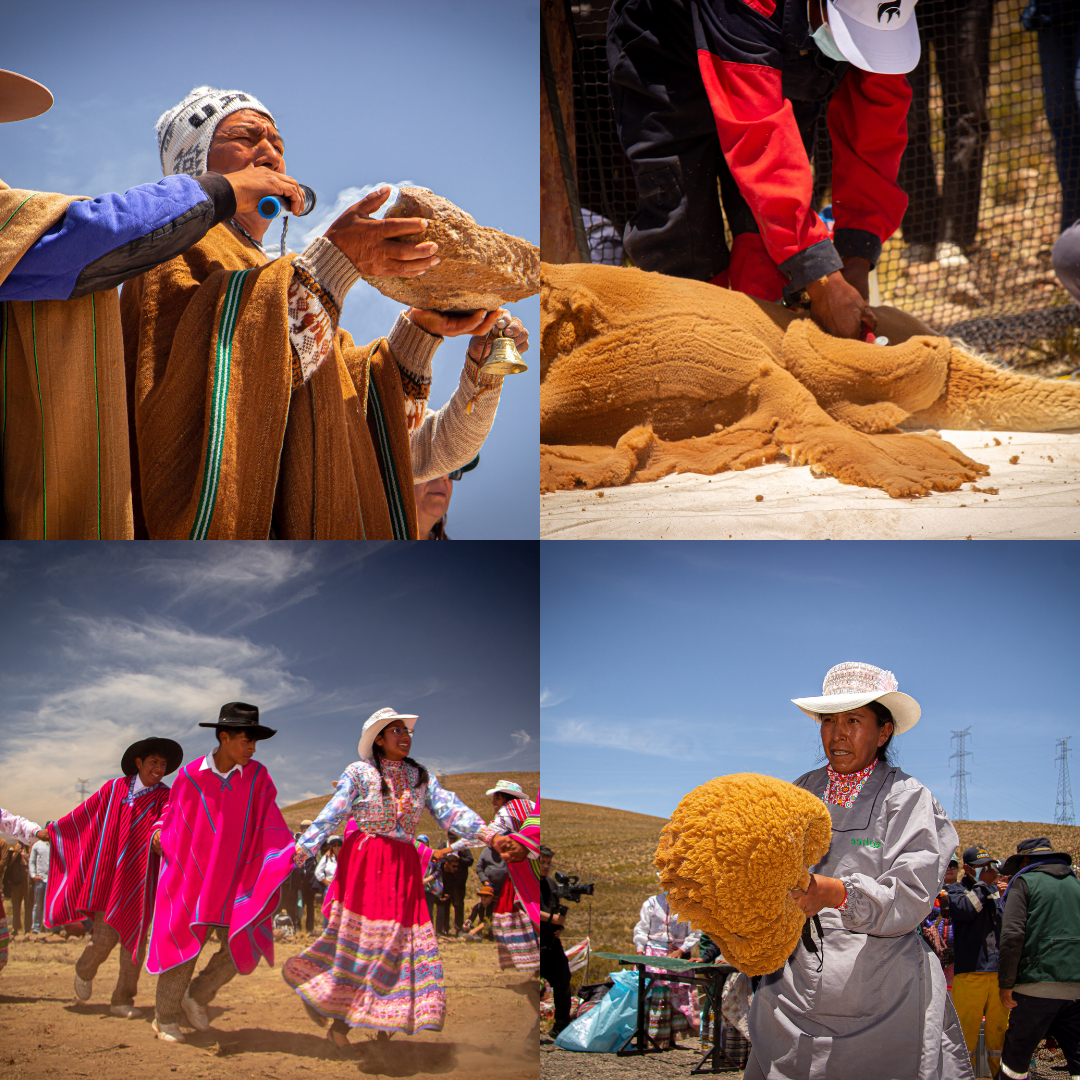
The Ancient Art of the Chaccu
A Ceremony of Care
These graceful animals are gathered just once a year during the Chaccu ceremony ~ A sacred Incan tradition that has been practiced for generations.
The Chaccu is more than a harvest; it’s a celebration of community, conservation, and culture.
Local herders gently round up the wild vicuñas, shear them by hand, and release them back into their natural habitat unharmed.
FAQ
Vicuña yarn is sourced from wild animals that live high in the Peruvian Andes and can only be gently shorn every two to five years. (even though each community does the chaccu once in a year.)
Because each animal produces only a few ounces of fiber, and Peru limits how much can be exported annually, only a handful of skeins are ever available worldwide.
Yes. Vicuña fiber is collected through the traditional Chaccu ceremony, a community-led event that ensures each animal is shorn by hand and released unharmed.
Every batch must carry official CITES permits and pass Fish & Wildlife inspections, guaranteeing full traceability and adherence to strict conservation laws.
This method supports local communities with fair compensation while honoring and preserving this precious natural resource.
Vicuña is often called the “gold of the Andes” for good reason. Its rarity, softness, and the extensive ethical process behind each skein ~ combined with centuries of reverence ~ make it one of the most luxurious natural fibers in the world.
Vicuña’s natural caramel hue makes it one of the hardest fibers to dye.
Creating deep, even shades like our Limited Edition Desert Rose, Cypress Blue, and Bottle Green requires expert craftsmanship and small-batch dyeing, resulting in colors that can’t be mass produced.
